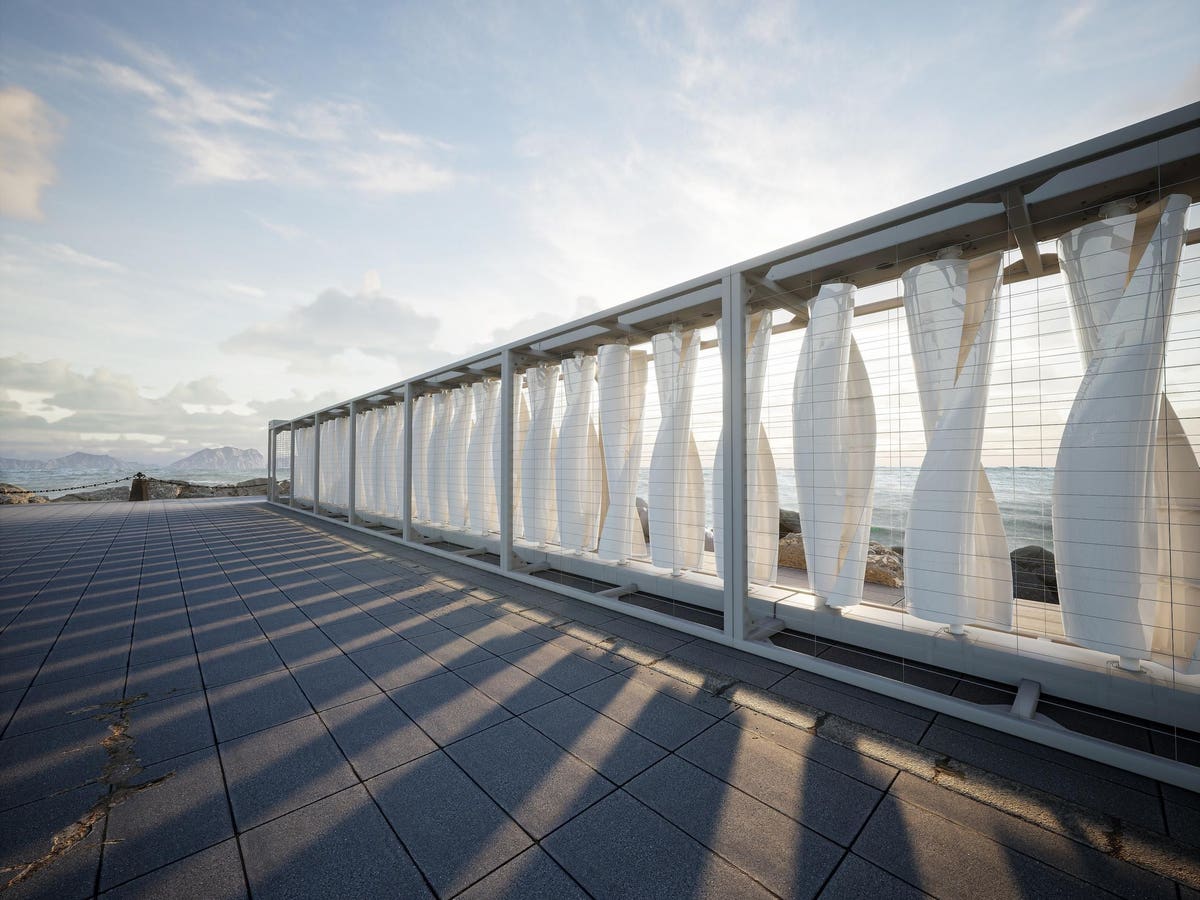How Airiva Is Unleashing Wind Power Through Beautiful Design
November 26, 2024

What if renewable energy didn’t just power your building but also elevated its design? This is the bold vision behind Airiva, a company breaking barriers in how we think about wind power. Imagine sleek, modular wind turbines integrated seamlessly into urban architecture—not hidden out of sight, but celebrated as part of the aesthetic.
Co-founded by Jeff Stone, a tech entrepreneur with a passion for design, and Joe Doucet, a visionary designer, Airiva is reimagining how wind energy can be beautifully and effectively incorporated into urban and suburban environments. Their modular wind energy system not only generates clean power but also redefines how renewable energy solutions enhance the built environment.
Jeff Stone, Co-Founder and CEO at Airiva
Airiva
Jeff Stone shared the inspiration behind co-founding Airiva: “I have spent my career building complex technology-driven companies while also having a parallel passion for architecture and design. When I saw the initial concept for the wind turbine wall in a 2021 Fast Company article, it resonated loudly with me as representing a rare and compelling synthesis of contemporary design and renewable energy.”
The initial design went viral globally, attracting an extraordinary number of inquiries from large multinational companies and organizations. This overwhelming response made it clear there was enthusiastic global demand for what the product represented. Recognizing this, Stone reached out to Doucet, and together they formed Airiva in 2022, blending their complementary skills to turn the concept into reality.
For Doucet, the journey began as a personal exploration of sustainable energy solutions for his home. “I was reviewing various options for small-scale renewable energy products, and it was clear there was an opportunity to apply contemporary design to the category,” he explained. The initial concept he devised evolved into a scalable, visually appealing wind resource adaptable to diverse urban and suburban landscapes. “During the development process, we realized the concept could be adapted for broad use within the built environments of urban and suburban landscapes, making it a unique technology that greatly expands the market opportunities for wind energy,” Doucet added.
Jeff Doucet, Co-Founder and Inventor
Airiva
Airiva’s modular system sets itself apart from conventional utility-scale wind turbines, which require vast infrastructure and open landscapes. Stone highlighted its unique value: “Airiva utilizes the principles of good design to help audiences expand the way they view onsite renewable energy resources. Aesthetics are not often a significant driver in the renewable energy sector, but can play a valuable role in increasing public adoption.” With its scalable design, Airiva adapts to site-specific requirements, making it versatile for both urban and suburban integration. The company is already planning several commercial pilots for 2025 to showcase its potential.
On market opportunities, Stone emphasized the immense global interest in Airiva: “Airiva has received thousands of registrations of interest from more than 50 countries, and the company is focused on the commercial marketplace, but strategic partners may choose to additionally address the residential market.” The global market potential spans enterprises interested in integrating well-designed renewable energy solutions into their infrastructure as part of their sustainability initiatives. Targeted applications include commercial buildings and campuses, municipal and public facilities, transportation networks, and coastal infrastructure such as harbors and marinas.
The global market potential spans enterprises interested in integrating well-designed renewable … [+]
Airiva
As Airiva prepares for expansion, Stone outlined the company’s funding and strategic partnership goals: “We are initiating discussions with additional investors and potential strategic partners to support the expansion and acceleration of our development. We have three categories of strategic partners we are exploring. First, we are interested in identifying strategic partners in advanced renewable materials, as one of our objectives is to manufacture the product with predominantly recycled materials. The second objective is to identify a strategic partner with expertise in mass manufacturing, including advanced manufacturing technologies. Lastly, we are identifying global corporations that are committed to sustainability across their enterprises and are interested in collaborating with Airiva at numerous levels, including potential future pilots.”
By combining innovative design with cutting-edge renewable energy technology, Airiva is setting a new standard for sustainability in the built environment. With a focus on aesthetics and adaptability, Stone and Doucet are charting a course toward a cleaner, more visually engaging future for renewable energy. Their vision is clear: to transform how sustainability is beautifully integrated into the spaces we inhabit.
Search
RECENT PRESS RELEASES
Related Post



